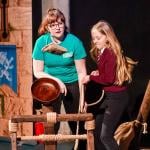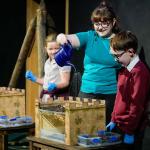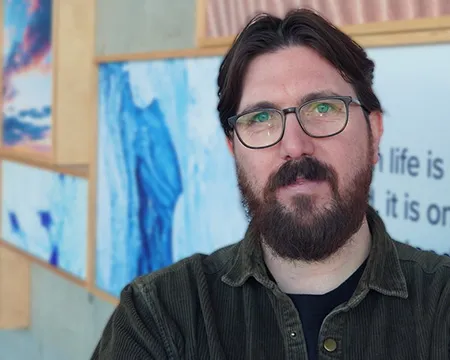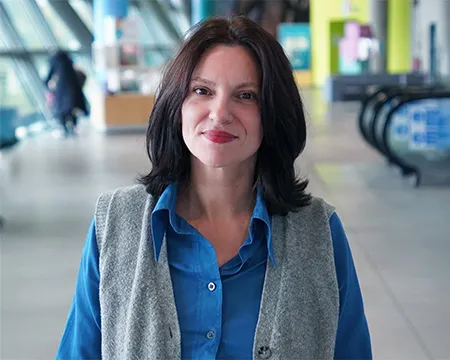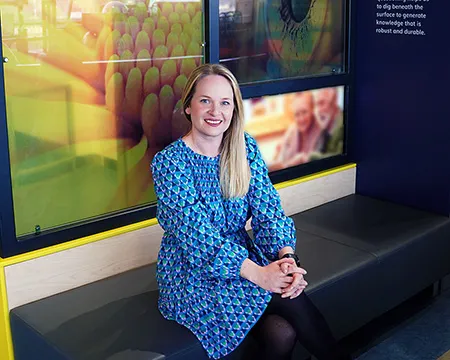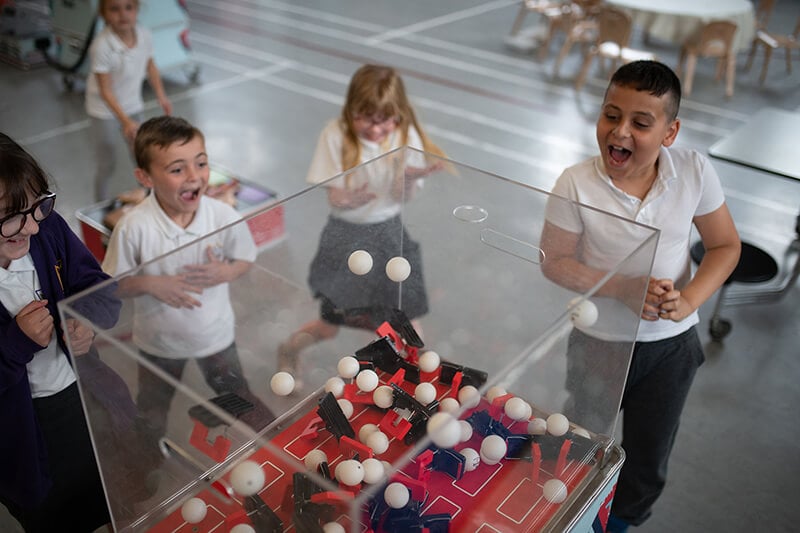Castles: Protecting History with Science
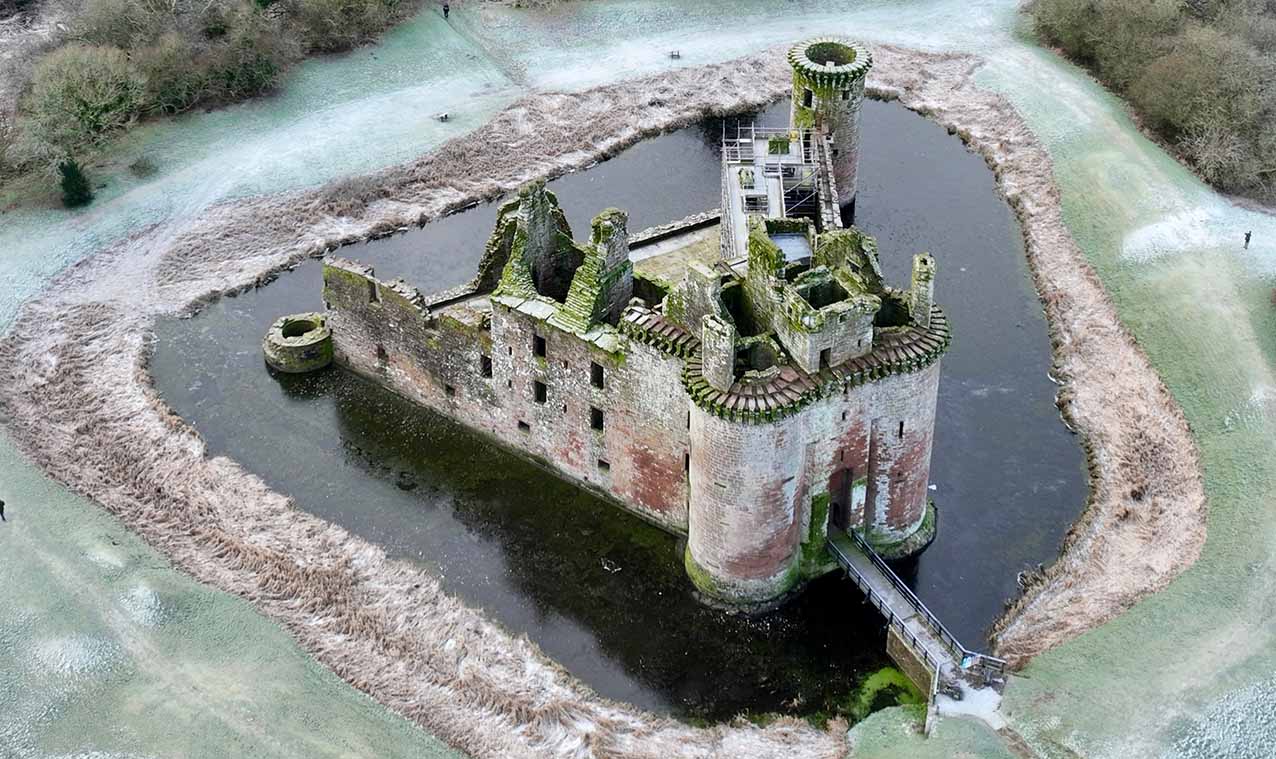
Scotland has a rich and illustrious past, evidenced by the castles and historic sites that are prevalent across the landscape. They tell stories of lives that were rich and full, of great conflict and battle, and of how far society has changed in terms of engineering and construction.
The connection between science and castles may not initially be obvious. In fact, many of us may categorize ourselves as either lovers of history or science.
However, a knowledge of science and engineering is crucial to understanding life in times gone by and how we can protect the remaining artifacts of our history.
The Science Behind Castle Construction
Construction of castles required comprehension of basic physics principles. Pulley systems were used to lift heavy blocks to height, demonstrating a level of understanding of the forces at play, such as gravity.
Many Scottish castles boast grand structures and truly ingenious feats of engineering. Think of the arches that can often be spotted above a doorway or window, which use physics to provide structural stability. They are created from equally shaped blocks in contact with each other, equally spreading forces acting upon the arch. The last stone to be placed during construction is the keystone, which sits at the top. Without this final piece, the whole thing topples.
Unearthing Secrets
Science has also had a role in understanding events within historic sites and uncovering the forgotten stories of castle life. After ten skeletons were uncovered in the 1997 renovations to Stirling Castle, laboratory isotope analysis was crucial in narrowing down their identities. During isotope analysis, the weight of atoms such as carbon and nitrogen is identified. This can give an idea of when and where someone was born and the sort of lifestyle they led. Thanks to this work, it’s thought that one of the Stirling Castle ten might have been Sir John de Stricheley, an English knight who was part of forces that took control of Stirling Castle in the 1300s.
Safeguarding Scotland's Castles
While castles were built as grand homes and status symbols of the day, they were also designed to be fortifications and protect their inhabitants from attack, either from individuals wielding swords and arrows or from whole armies lugging catapults and trebuchets, weapons that would bring fear and destruction. However, a truly terrifying weapon was to appear by the 15th century that was to threaten castles in a grave way – cannons. Fueled by gunpowder, these feats of weaponry relied on this chemical mixture to cause an explosion, sending cannonballs hurtling through the air and towards unsuspecting souls within the castle walls. Gunpowder is made up of potassium nitrate, sulfur, and charcoal. It was invented in 10th century China and is thought to have originally been created for medicinal purposes, in opposition to its eventual use.
The castles that remain today are still at risk of destruction and deterioration, either due to natural processes or those caused by humans. This could be in the form of vandalism or the slow destruction caused by the increasingly extreme weather effects of climate change.
Luckily, there are scientists and conservationists who have taken on this challenge. At the sites of historic battles, these scientists have their own arsenal of weapons – small instruments that work in conjunction with their expertise to uncover hidden threats to castles and fortresses across the land.
One such instrument is the infrared camera. Conservation scientists can use this technology to find areas of damp or moisture, hidden features, or where heat is being lost within a castle structure. Damp or moisture can cause significant issues for historical buildings, such as mould growing on fabrics and wood. The minerals can also dissolve in the stone walls themselves, weakening the structure and making our beloved castles unstable.
A thermal or heat camera detects infrared light which is invisible to the human eye, although we can feel infrared light as heat. Therefore, it is used to visualise hidden moisture as these areas would appear cooler than their surroundings. Identifying these problem areas allows conservationists to focus their efforts and carry out any necessary preventative work, which is preferable to restoration.
Through the collaborative efforts of scientists and conservationists, Scotland's heritage is safeguarded ensuring that future generations can continue to appreciate and learn from the stories embedded within these magnificent castles.
Castles Rock! in the Science Show Theatre
Visitors to Glasgow Science Centre can experience the brand-new Castles Rock! science show during the school summer holidays. The show is included with a Science Mall ticket.
Created in partnership with Historic Environment Scotland the show explores how technology and innovation have helped create Scotland's much-loved fortresses and continues to help preserve them.

